Fear not, during these short days and long nights of December, we’re still finding plenty of life in the fading light. Once we pass the winter solstice, which strikes at 11:27 am on December 21st, more light will begin to creep back into our lives. Until then, here’s some wintry natural history to keep you going.
arctic ghosts
Like ghosts from the Arctic, Snowy Owls have descended from the far north this winter. They’re showing up in fields, along highways and even in a few backyards. These migrations southward from the arctic tundra are a birdwatcher’s dream. And like dreams themselves, they are neither predictable nor fully understood. Read more about these irruptions on the VCE Blog and check out The Snowy Owl Scoop by Bryan Pfeiffer to stay up to date on the Snowy Owl storm.
Snow Angels
With all the early snow in the U.S. this winter, birds have been making impressions – literally. We’re seeing various wing prints in the snow. It makes us wonder about the reliability of identifying prints made here in Vermont – most likely by Barred Owl, Great Horned Owl, Ruffed Grouse or Wild Turkey. Can we get them right? Kent McFarland and Bryan Pfeiffer report on the VCE blog.
Kinglets in the Cold
Weighing less than a nickel and not much larger than your thumb, Golden-crowned Kinglets are the smallest birds to winter in the New England woods. How does a bird this small stay alive during the long and cold winter night? Larger animals have a lower surface-to-volume ratio than smaller animals. As a result, they radiate less body heat per unit of mass and are therefore able to stay warm using less energy. In 1847, Karl Bergmann, a German biologist, used this principle to show that within most warm-blooded species, body mass increases with latitude and colder climates. Kinglets are tiny; their small size seems to break Bergmann’s rule. Listen to an episode of Outdoor Radio and learn more.
Wind and ice DRIVE THE FIR WAVES
Economically and ecologically important, Balsam Fir is a keystone species of the eastern North American boreal zone. The provincial tree of New Brunswick, Canada, it can form dense single species stands in some areas of northeastern North America, especially in the high mountains.
High-elevation forests are often marked by “fir waves.” These are crescent-shaped bands of dead trees that you can see in systematic patterns across the sides of the mountains. The waves are areas of standing dead fir trees with healthy trees surrounding them. Fir waves move very slowly, over decades, in the direction of the prevailing wind. Wind velocity at the edge of the tree canopy is over 50% higher than within the forest. Rime ice forms on the trees when water droplets in the air hit solid surfaces and immediately freeze. Rime accumulates more on trees exposed to wind.
Trees at the leeward edge of the canopy opening in the wave are exposed to winds and die from loss of needles and branches due to heavy ice accumulation. The rocking in the wind with ice loads also causes their fine rootlets to break underground. These rootlets are important for delivering nutrients to the tree. As these trees die, adjacent trees experience the same conditions and begin to die. The overall direction of the wave motion is therefore directly related to wind direction.
Regeneration of waves occurs at about 60 year intervals. As you move back from the dying front of trees the trees are older and older until you reach the following wave of dead trees. If you were to take time lapsed photography of a mountain side, the waves of dead trees would appear to be moving across the mountainside like a wave in the ocean. Learn more about Balsam Fir on our web site.
Winter deer yards
In the northern portion of White-tailed Deer range special winter areas called “deer yards” are a critically important habitat for deer to survive. Only about 8% of Vermont’s forests are deer yards. An important component is a canopy of evergreen trees that capture a blanket of snow in the branches helping to reduce snow depth on the ground below. The trees also provide thermal protection from the winter wind. Deer may travel up to 15 miles to a deer yard and stay in the area for the entire winter. Covering only a few to perhaps as large as 100 acres of forest, they can be used by generations of deer. Hike with us on Outdoor Radio into the woods and learn what makes deer yards and their winter adaptations special.
Bird Brains
The next time you are rushing around your house looking for your car keys, you might think about the chickadees at your bird feeders. Chickadees prepare for the onslaught of winter by storing food. They hide thousands of food items. With a brain the size of a pea, how do they remember where they are?
They grow extra brain cells. The hippocampus region of their brains expands in volume approximately 30 percent each fall with the addition of new nerve cells. This region of the brain is an important area for making new memories, especially spatial memories. Read more from Kent McFarland at Outside Story and listen to our episode of Outdoor Radio.
Cozy Cavities
Tree cavities can mean the difference between life and death for birds and small mammals during a cold winter night. With a large surface to volume ratio they can lose heat quickly. Add wind to mix and life becomes even more difficult for small animals.
But not all tree cavities are created equal. The mean temperature differential between the cavity and the outside temperature can be as high as 9 degrees F. But it increases with higher day-to-night fluctuations in the ambient temperature, a smaller cavity entrance and better cavity tree health.
Squirrels den in tree cavities during winter, especially during high winds. One occupied cavity was 47 F when the outside temperature fell to a low of -4 F. The temperature in an occupied Raccoon den immediately begins to rise and remains more stable than outside air. A drop in outside temperature can be delayed by as much as two hours inside the cavity. In one den the temperature only changed 2 F while the outside temperature fell 23 F in an hour.
Because not all cavities are created equal, animals must choose the best site to roost at night. There is probably some level of competition between them. The predictors of microclimate – tree health and entrance size – may provide indirect cues to prospecting animals.
There’s a Butterfly Near You Even in the Darkest Days
Mourning Cloak butterflies are one of the earliest to appear flying about in spring. They spent the fall fluttering about feeding and storing abdominal fat. Before winter arrived, they found a space to hide – in the woodpile, a hollow tree, a crack in a rock, or inside an old shed. In these protected and somewhat insulated hideouts they enter diapause, a state of dormancy. They become sluggish as the temperature drops. The freezing point of their cell tissue is lowered by an increased content of sugars, which act as an antifreeze. Mourning Cloaks produce sorbitol, a sugar alcohol obtained by the reduction of glucose. Sorbitol is also a sugar substitute that is often used in diet foods and it can also be found in plants in the genus Sorbus, represented by Mountain Ash in New England. Using electrical conductivity, biologists in Alaska found that Mourning Cloaks do not freeze until the temperature reaches -22 F, something that their cozy hideout should never experience. Learn more on the VCE Blog.
Comments (2)
Pingbacks (1)
-
[…] via Field Guide to December 2017 — Vermont Center for Ecostudies […]
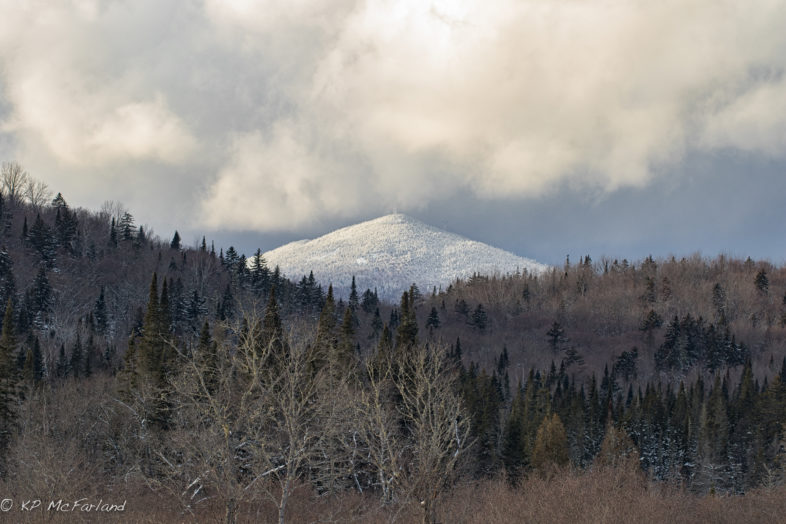
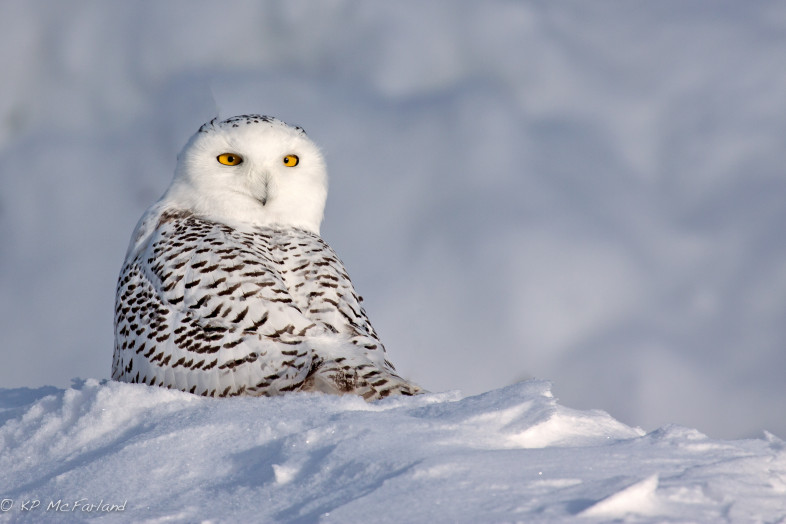
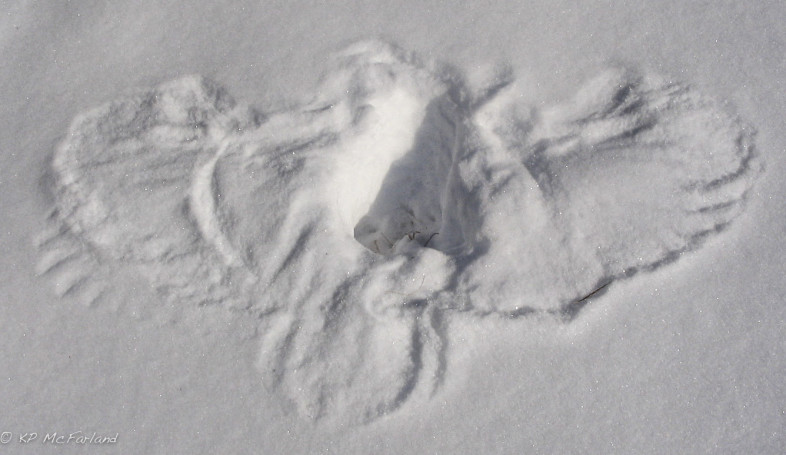
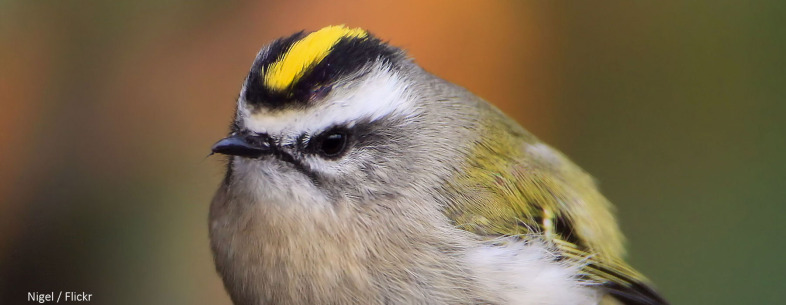
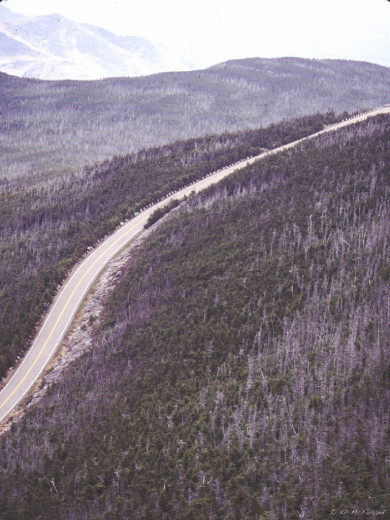
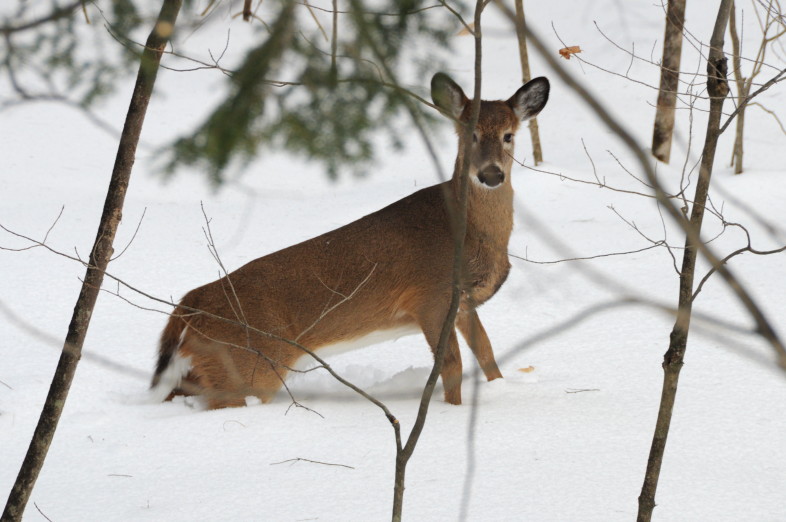

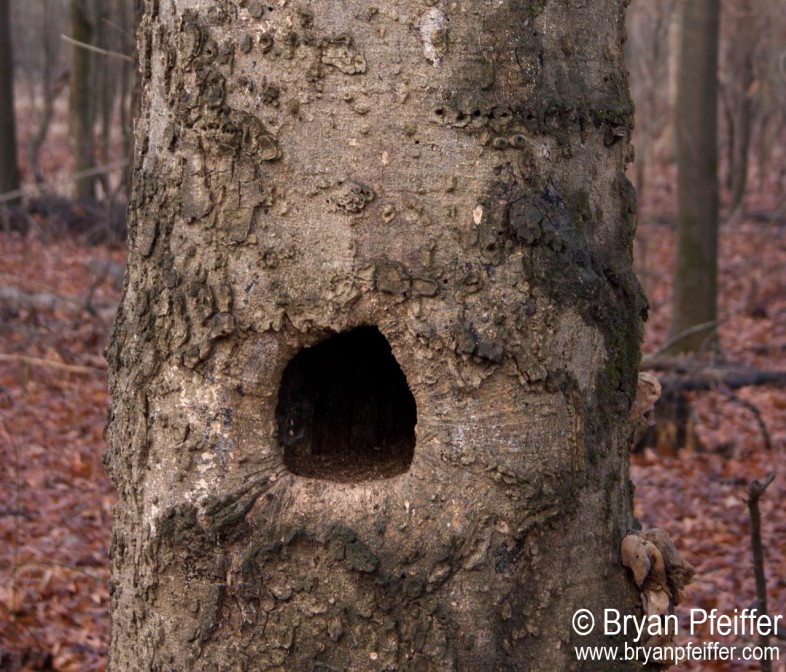
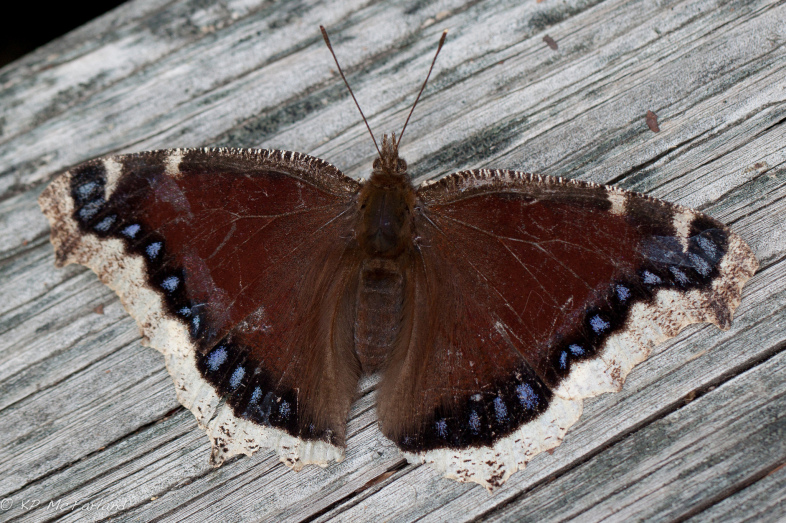

Nice article and photos.
I have heard of a snowy owl observed on River Road in W. Hartford, an area of mixed flora, small meadowland, mixed tree growth, a few houses. Peter Wackell